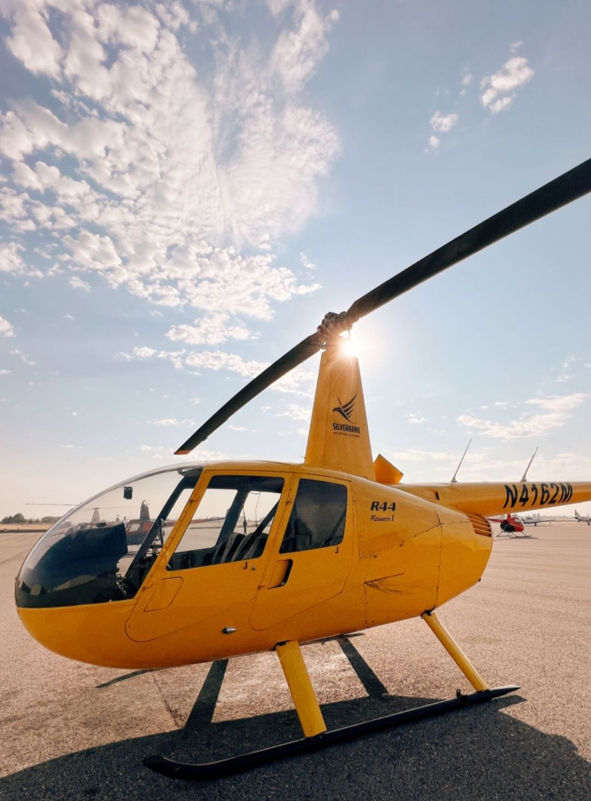Is Multiengine Training Essential for New Pilots? Exploring Its Importance and Benefits.
- Alisha Sweeney
- Mar 25, 2024
- 2 min read
Updated: Aug 13, 2024
We are often asked, "Is multiengine training essential for new pilots?"
The short answer is yes.
Multiengine training serves as a crucial stepping stone for pilots venturing into more advanced aviation realms, particularly for those aspiring to join the ranks of commercial airlines. The complexities of handling aircraft with multiple engines demand a unique skill set and mindset that pilots must acquire.
In our training program utilizing the dependable Piper Seminole, students gain invaluable insights into decision-making processes, adaptability across different aircraft platforms, and meticulous planning strategies. While the allure of dual engines may initially seem to augment every facet of training, it's essential to recognize the nuanced challenges they present. If a multiengine pilot isn't trained and proficient in handling an engine failure, it can be even more dangerous than a failed engine in a single. This is why most of the training for a multiengine rating concentrates on single-engine emergency procedures and single-engine instrument approaches.
The majority of our students will begin their multiengine training after earning their instructor ratings. However, commercial students have the flexibility to embark on this path following their successful checkride.
The prerequisites for acquiring a multiengine add-on rating are straightforward emphasizing practical proficiency over theoretical knowledge, with an estimated flight time requirement of approximately 15 hours. Endorsements from qualified instructors and successful completion of oral and practical examinations administered by Designated Pilot Examiners (DPEs) are necessary milestones in this pursuit.
Meanwhile, those aspiring to become multiengine instructors (MEI) are encouraged to pursue a complex aircraft endorsement– although it's not a strict requirement, and most complete this during their single-engine training. This additional endorsement not only expedites the training process but also cultivates a deeper understanding of the intricacies inherent in operating sophisticated aircraft configurations.
Requirements for a multiengine add-on rating:
No requirement for a knowledge test
No minimum flight time requirement (expect roughly 15 hours)
Earn the required endorsements from an authorized instructor
Pass the multi-engine add-on rating oral and practical test with a Designated Pilot Examiner (DPE)
Requirements for a multiengine instructor add-on rating:
Logged 15 hours of PIC time in our Piper Seminole
MEI checkride is separate from ME checkride
For more information about our program, check out our website or give us a call. See you in the skies!








Comments